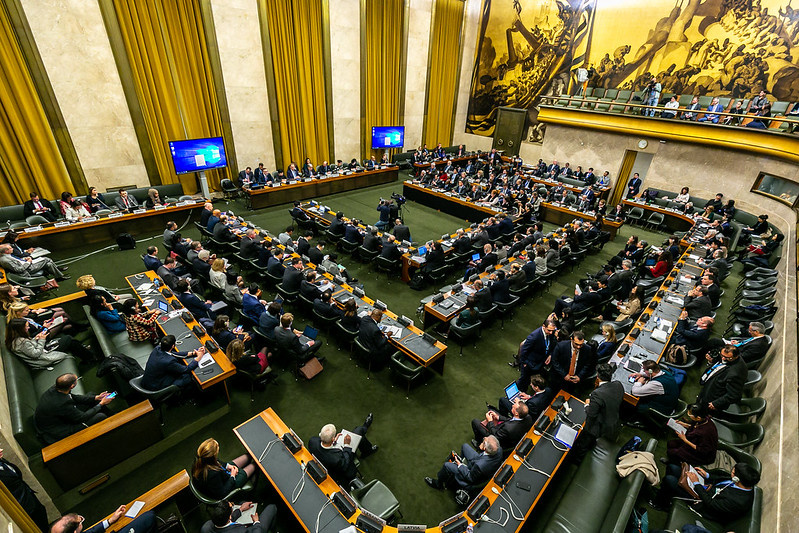Строка навигации

CCW PROTOCOL ON EXPLOSIVE REMNANTS OF WAR LEAPS INTO ACTION

On 5 November 2007, the first Conference of the States Parties to Protocol V on Explosive Remnants of War annexed to the Convention on Certain Conventional Weapons (CCW) successfully concluded its meeting in Geneva. Under the presidency of Ambassador Johannes C. Landman of the Netherlands, the Conference adopted a Final Document that outlines the action necessary to operationalize the Protocol, which entered into force in November last year.
The Conference was successful in establishing a robust and comprehensive framework for exchange of information and cooperation in the implementation of Protocol V. In particular the States Parties agreed to report annually on the measures they have taken to implement the provisions of the Protocol; to establish an explosive remnants of war database consisting of requests for assistance; to create an informal mechanism to facilitate cooperation and assistance between the Parties, and how they should exchange information at an early stage on used explosive ordnance, including third party involvement, thus facilitating and accelerating clearance.
The experience of the first year will be evaluated, with a view of further improvement, by the Second Conference of the States Parties in 2008. This Conference will be preceded by a meeting of experts on the various components of the Protocol at the beginning of July next year.
In response to an initiative launched by the International Committee of the Red Cross (ICRC) in 2000, Protocol V on explosive remnants of war was negotiated by the CCW Group of Governmental Experts and was subsequently adopted on 28 November 2003 by the CCW States Parties. The Protocol entered into force on 12 November 2006 during the Third Review Conference. At the time, 26 CCW States parties had expressed their consent to be bound by the Protocol, and today the number has increased to 35.
The Protocol covers post-conflict remedial measures of a generic nature in order to minimize the risks and effects of explosive remnants of war. Under the Protocol, each State party and party to armed conflict shall bear the responsibility to clear explosive remnants of war or to assist in such clearance. Moreover, parties to an armed conflict shall survey, mark and clear explosive remnants of war in areas under their control or jurisdiction after a conflict; where appropriate, provide technical, material and financial assistance for the removal of explosive remnants of war left by their armed forces in areas not under their control; record information on explosive or abandoned ordnance and share that information with organizations involved in clearance activities; and take all feasible precautions to protect civilians from the effects of explosive remnants of war, including marking and fencing off dangerous areas and warning them of the risks.
For use of the information media; not an official record
DC07050E
